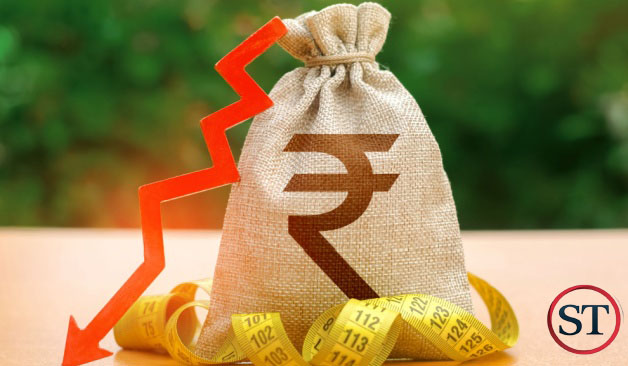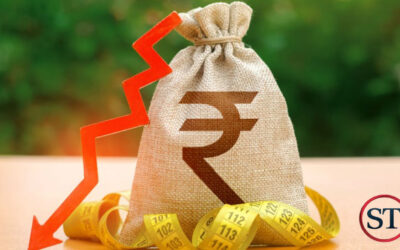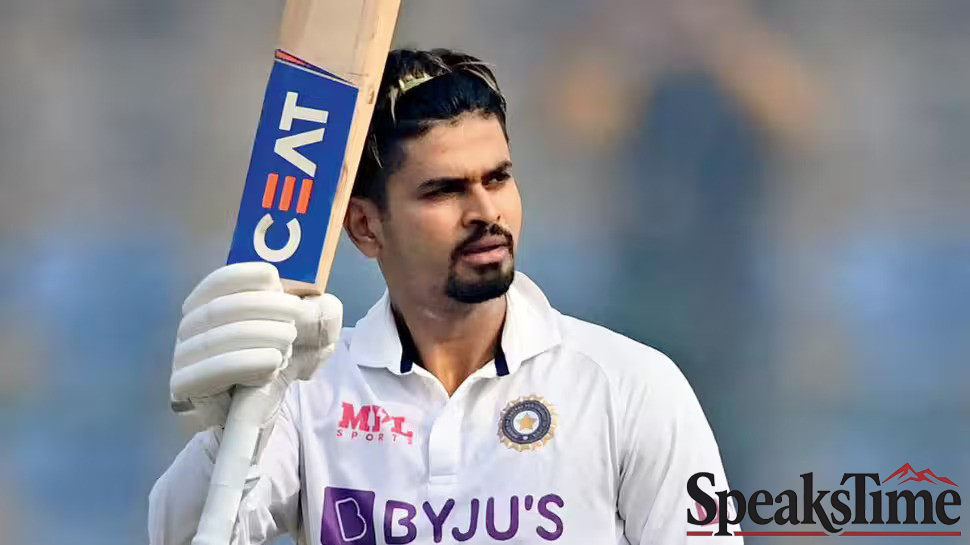Indian Rupee Falls Against US Dollar and Stock Market Declines

Economic Storm in India: A Crisis in the Making?
India is currently facing one of the worst economic challenges in its recent history. While attention was briefly on Pakistan due to floods, the real economic destruction seems to be unfolding in India. The Indian Rupee has hit its lowest point in 78 years, and major global factors, especially involving the United States and China, are playing a role in this crisis. Prime Minister Modi has recently visited China after seven years, signaling just how serious the situation is.
Modi’s visit to China has raised eyebrows. It comes at a time when relations between the two countries have been tense, especially after the past military clashes. However, this visit appears more about economics than diplomacy. India is urgently looking for foreign investment and market support as it struggles with declining exports and rising inflation.
One of the biggest signs of this economic downfall is the crash of the Indian Rupee, which has fallen to nearly ₹89 against the US dollar. Economic experts predict it could drop further to ₹100, ₹110, or even ₹125 if the crisis continues. This sharp decline is alarming because the Indian currency had remained relatively stable for many years. Now, with global pressure mounting, it’s falling rapidly.
A major contributor to this collapse is the 25% tariff that the United States imposed on Indian exports. Former US President Donald Trump had previously warned that India’s economy would be targeted, especially after India began purchasing oil from Russia. This warning seems to be coming true, as India’s economic stability is shaking under US pressure.
India now has about $70 billion worth of products ready for export, but it lacks a strong international market to sell them. Factories across India are empty, and production has slowed down. Rising costs mean that Indian products, such as t-shirts that used to cost $8, are now priced at $16–$18. This makes it hard for India to compete with countries like China and Bangladesh, who offer cheaper alternatives.
At the same time, the Indian stock market is crashing. The Rupee is weakening against not just the US dollar but also against the Euro, British Pound, Chinese Yuan, and other major currencies. Indians living abroad may be happy to get more Rupees when they send money home, but the situation inside the country is much worse due to rising prices and inflation.
As the Rupee loses value, inflation increases. Everyday goods become more expensive, and the purchasing power of common people drops. While overseas remittances may seem helpful, they cannot stop the inflation storm. The falling currency is expected to trigger a long chain reaction of price hikes that could further damage the economy.
In response, Prime Minister Modi is trying to stabilize the economy by encouraging both local and foreign investment. He has asked wealthy Indians living abroad and international investors to bring their money to India, open factories, and produce goods locally. During his visit to China, he met President Xi Jinping and asked Chinese investors to support the Indian market.
Meanwhile, the political drama continues. Opposition leader Rahul Gandhi has criticized Modi heavily, pointing out the crashing stock market and currency as proof of failed policies. Modi, on the other hand, blames Pakistan and claims that the US, especially Donald Trump, is favoring Pakistan by weakening India’s economy through tariffs.
The global impact of India’s economic troubles could be huge. India is one of the world’s largest economies, and its collapse would have ripple effects across Asia, Europe, and the US. Similar to how issues in China affect global markets, India’s downfall would also bring instability to the international economy.
To counter this, Modi had previously suggested that countries trade with India using Indian Rupees instead of US dollars. However, with the current economic pressure and currency crash, that idea is quickly losing support. Historically, when the US targets a country’s currency, it leads to that country’s downfall—while the US remains unaffected.
In conclusion, India is facing an economic crisis that could lead to long-term damage if not controlled quickly. With a collapsing currency, rising inflation, frozen exports, and foreign pressure, the situation is becoming more serious by the day. Modi is now relying on foreign investment to save the economy—but whether that works or not remains to be seen.






